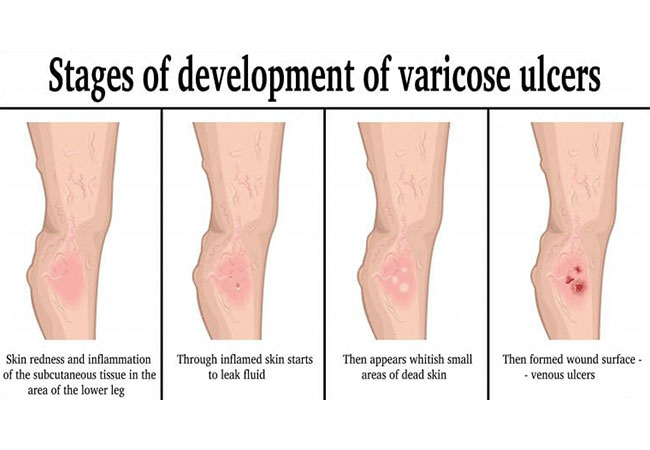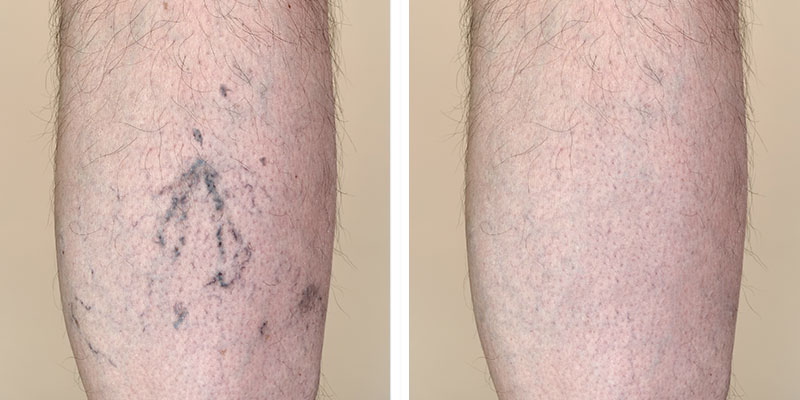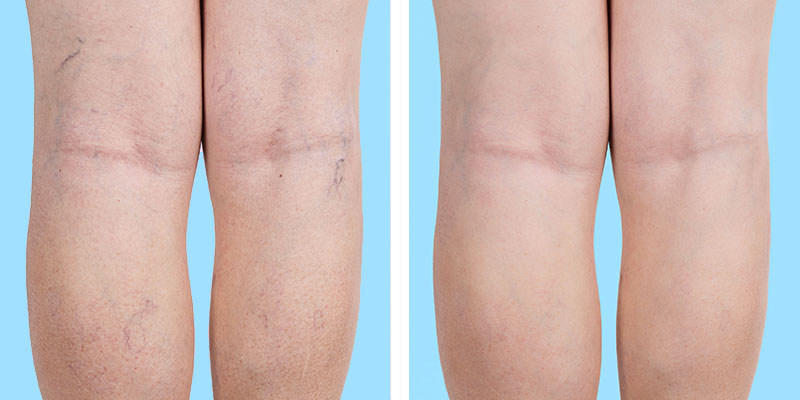Leg ulcers are breaks in the skin on the leg. A leg ulcer makes it possible for bacteria to enter the tissue under the skin. Many things can cause a leg ulcer, but these ulcers are usually related to some injury of the skin. Even minor injuries to the leg can start a leg ulcer.
For most healthy individuals, a leg ulcer will heal on its own in a week or two. Unfortunately, if infection causes an underlying problem in the skin, it can’t heal on its own. The ulcer will then grow larger, at which point it becomes a chronic leg ulcer.
Here at VeinGuard, we are a leading center for leg ulcer treatment Tysons Corner and Fairfax clients rely on. Contact us today to schedule your appointment.





